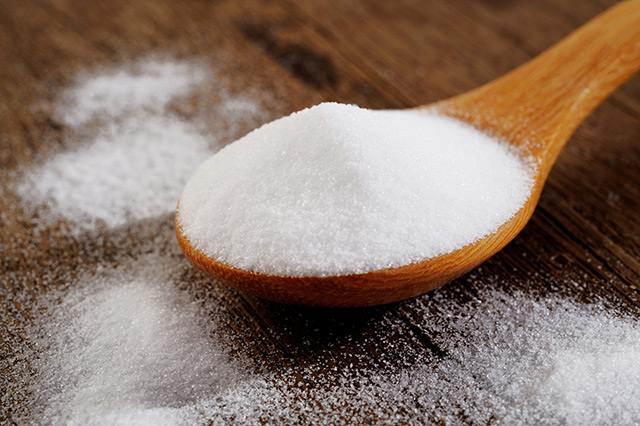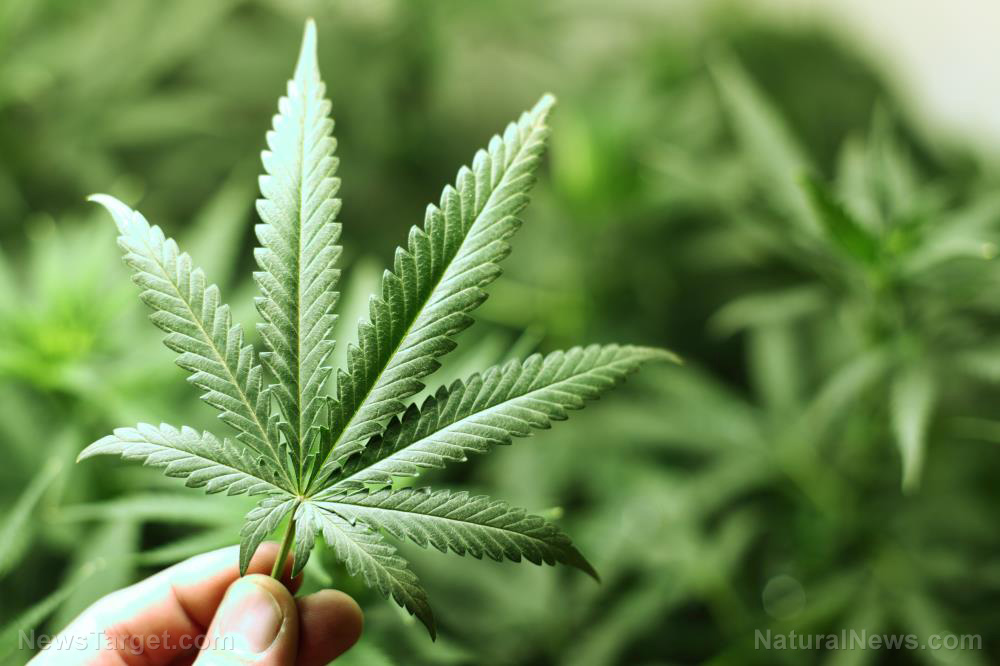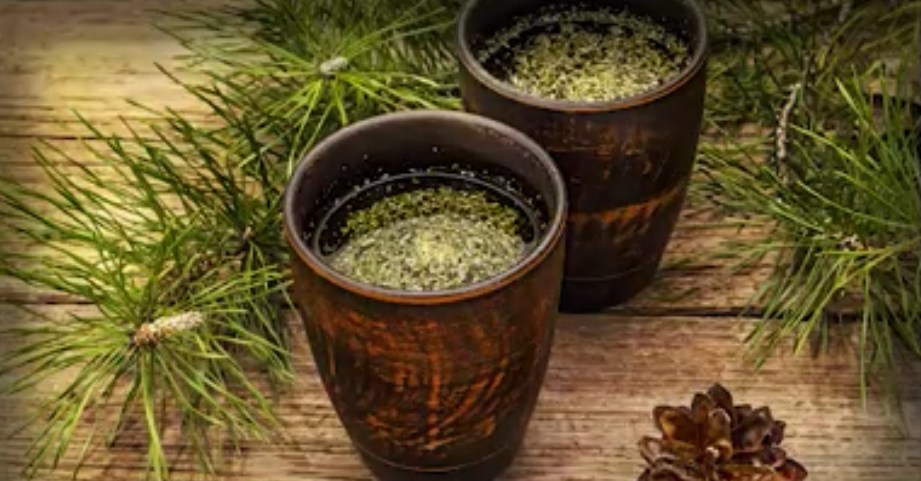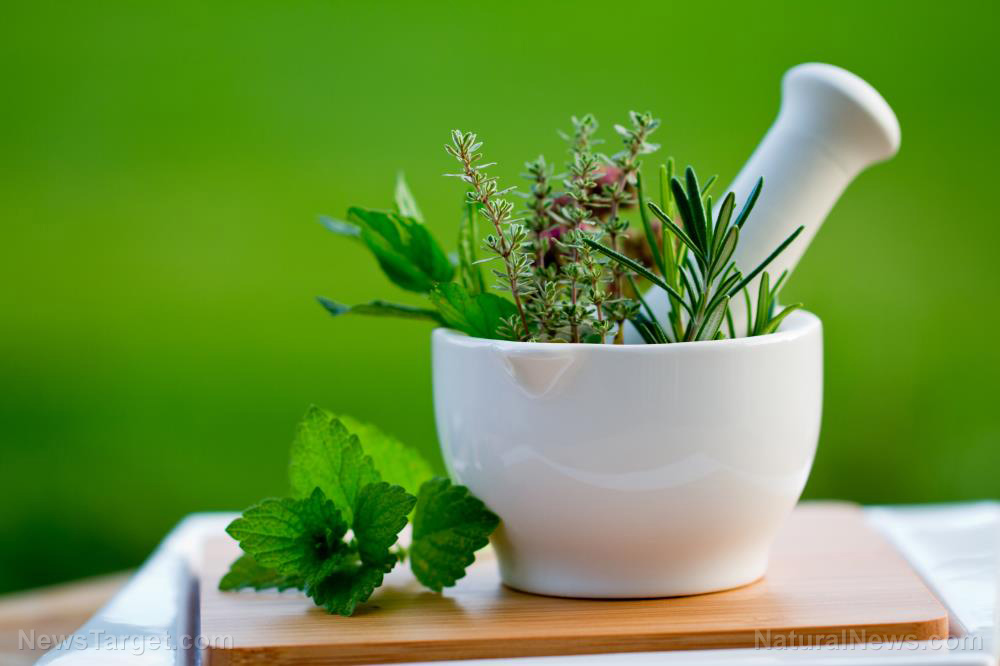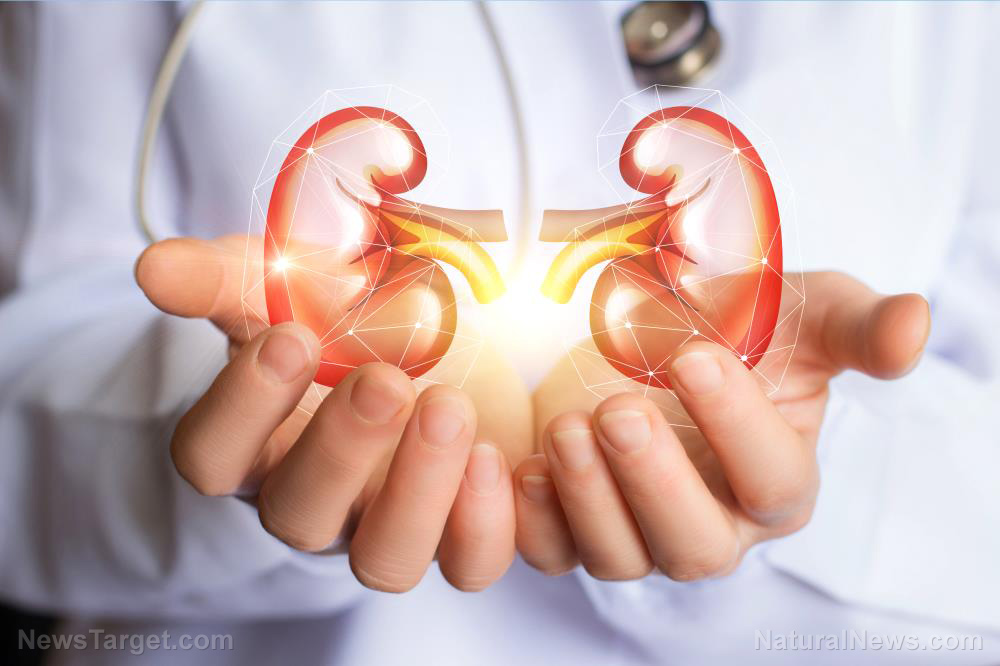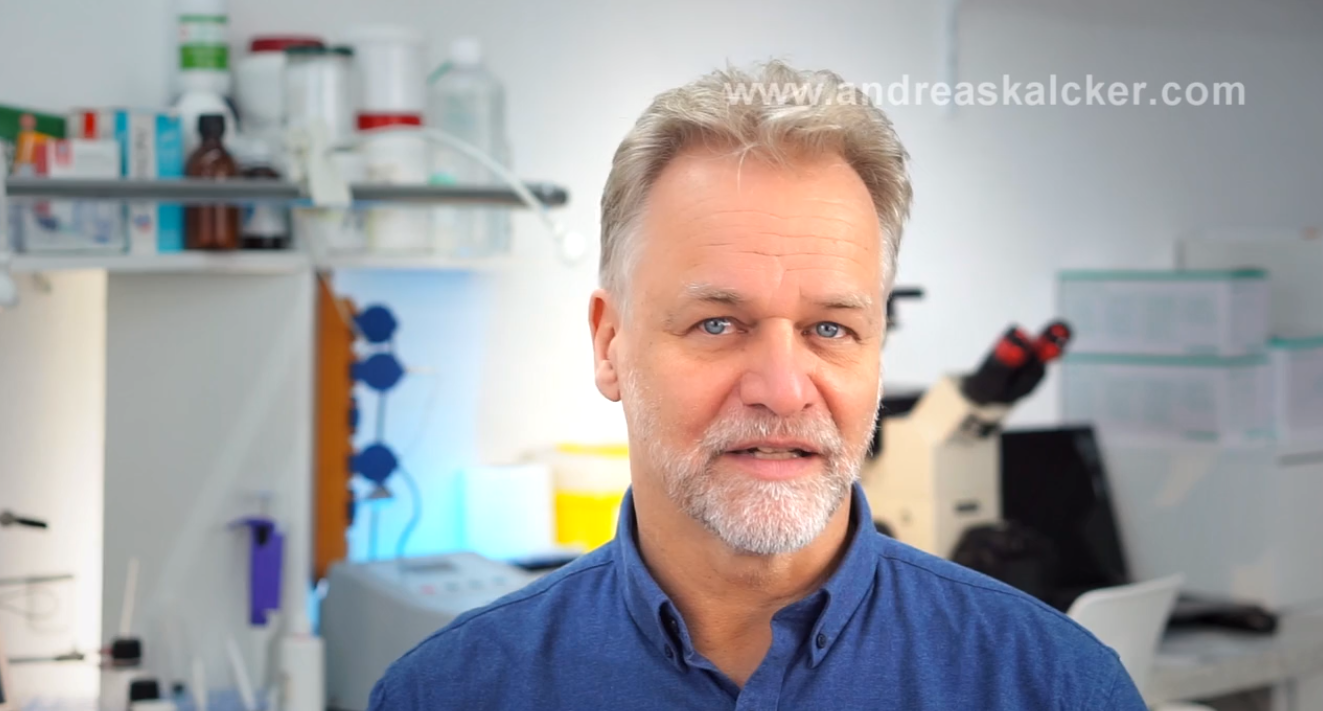A natural way of treating rheumatoid arthritis with qiang-huo
05/24/2019 / By Evangelyn Rodriguez

Rheumatoid arthritis (RA) is characterized by inflammation, swelling, and pain around the joints and other organs of the body. There is no available cure for RA at present. Patients are only prescribed medications, such as NSAIDs or corticosteroids, to relieve its symptoms and slow down its progression. But for patients who wish to avoid the side effects of these pharmaceutical drugs, there is an herbal medicine that has been used since ancient times to treat this disease. In a recent study, researchers from China looked into the components and anti-arthritic effects of the herb Notopterygium incisum, also known as qiang-huo. They aimed to determine the possible mechanisms behind its therapeutic activity against RA. The results of their study were published in the Chinese Journal of Natural Medicines.
Qiang-huo in traditional Chinese medicine
Qiang-huo refers to the roots and rhizome of the plant Notopterygium that are used to make decoctions in traditional Chinese medicine (TCM). It belongs to the category of herbs that relieves the exterior and expels cold and dampness. Qiang-huo is “warm” by nature, hence it is used to help people who have too much “cold” in their bodies. This “cold” in TCM terms means painful obstructions that need to be unblocked in order to restore the flow of energy and balance inside the body. Qiang-huo is believed to target the Bladder and Kidney meridians.
Qiang-huo is an ideal herb to use when treating spinal diseases and pain in the upper body and at the back of the head. It has a strong, bitter flavor that induces sweating, making it a good medicine for reducing fever. Aside from being an antipyretic, qiang-huo is also used as an antifungal and analgesic. Its soluble portion is said to have anti-arrhythmic properties, while its volatile oils possess anti-inflammatory, analgesic, and antipyretic effects. Other conditions that can be treated using qiang-huo include colds, headaches, joint pain, conjunctivitis, and muscle pain, particularly in the upper back and shoulders. It is also an effective treatment for eczema caused by allergic reactions.
In terms of bioactive components, qiang-huo is rich in coumarin compounds, phenolic compounds, sterols, volatile oils, fatty acids, amino acids, sugars, and phenethyl ferulate. Coumarins and related compounds are known anticoagulants and blood-diluting agents. They also have antifungal, antitumor, anti-aging, and cardioprotective activities. Phenolic compounds, on the other hand, are a large class of plant secondary metabolites that confer antioxidant, anticarcinogenic, antimutagenic, and anti-inflammatory properties to many medicinal herbs and dietary plants.
Volatile oils are responsible for qiang-huo’s therapeutic effects on rheumatoid arthritis
For their study, researchers from different universities in China analyzed the volatile compounds found in qiang-huo. They also evaluated the anti-arthritic capacity of qiang-huo’s volatile oils to determine the herb’s possible mechanism of action. (Related: Arthritis – How to relieve the pain and heal naturally.)
Qiang-huo has been used to treat RA since long ago, and the researchers believed that its volatile oils may be its main bioactive constituents. To test their hypothesis, they used gas chromatography-mass spectrometry (GC-MS) to analyze the volatile compounds present in qiang-huo. They successfully analyzed 70 compounds from the volatile oils.
For the anti-arthritic capacity test of the volatile oils, they used adjuvant-induced arthritis (AIA) rats. They also tested the anti-inflammatory property of qiang-huo using a nitric oxide (NO) release model in RAW 264.7 cells. RAW 264.7 is a murine macrophage cell line that is often used to screen natural products for bioactivity and to predict their effect in vivo on primary cells. They used endothelial cells (EAhy926) to evaluate its anti-proliferative and anti-tube formative effects. Anti-tube formation refers to the inhibition of angiogenesis or the formation of new blood vessels, which is a process that is also associated with cancer.
The researchers found that the volatile oils of qiang-huo weakened rat AIA in a dose-dependent manner (2, 4, and 8 g crude drug/kg). They also decreased the NO production of RAW 264.7 cells by more than 50 percent (5, 15, and 45 microgram·milliliter?1), suggesting that the oils have potent anti-inflammatory and anti-arthritic activity. Furthermore, treatment with the volatile oils inhibited EAhy926 cell proliferation and further delayed EAhy926 cell capillary tube formation in a concentration-dependent manner. These results proved that qiang-huo also posseses anti-proliferative and anti-tube formative abilities that could be effective against cancer.
Based on these findings, the researchers concluded that the therapeutic effects of the medicinal herb qiang-huo can be attributed to its volatile oils’ potent anti-inflammatory and anti-angiogenic activities.
Sources include:
Submit a correction >>
Tagged Under:
alternative medicine, analgesic, anti-angiogenic, anti-inflammatory, arthritis cures, Chinese medicine, Coumarin, disease treatments, herbal medicine, Herbs, inflammation, joint pain, natural cures, natural medicine, Notopterygium incisum, pain relief, prevention, qiang-huo, remedies, research, rheumatoid arthritis, TCM, volatile oils
This article may contain statements that reflect the opinion of the author
RECENT NEWS & ARTICLES
COPYRIGHT © 2017 REMEDIES NEWS





